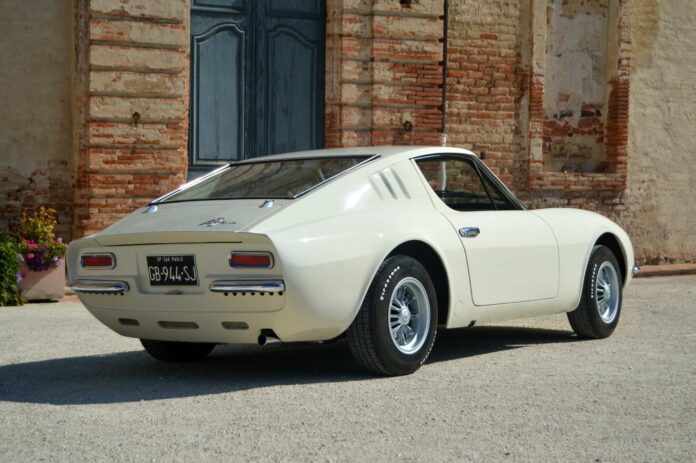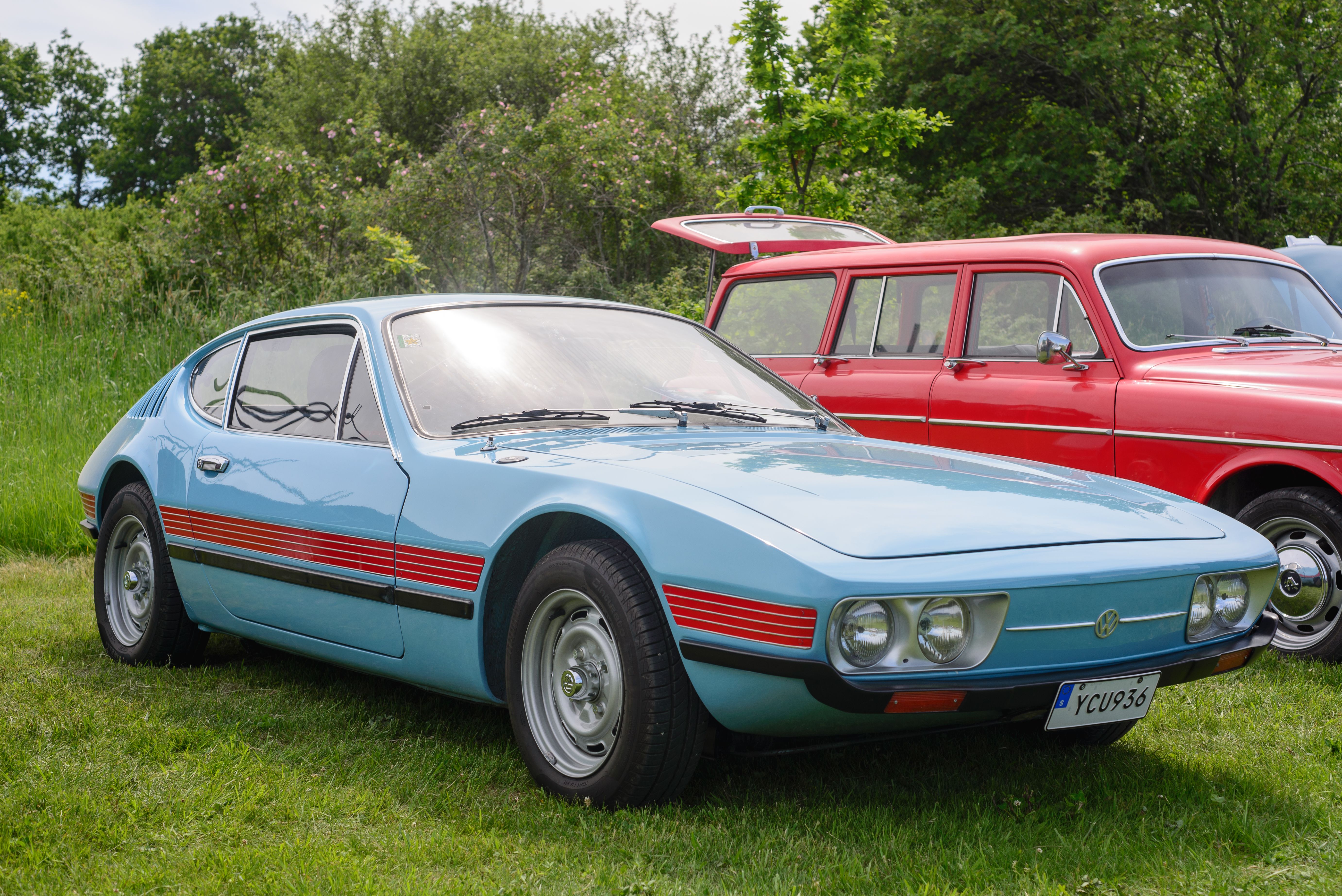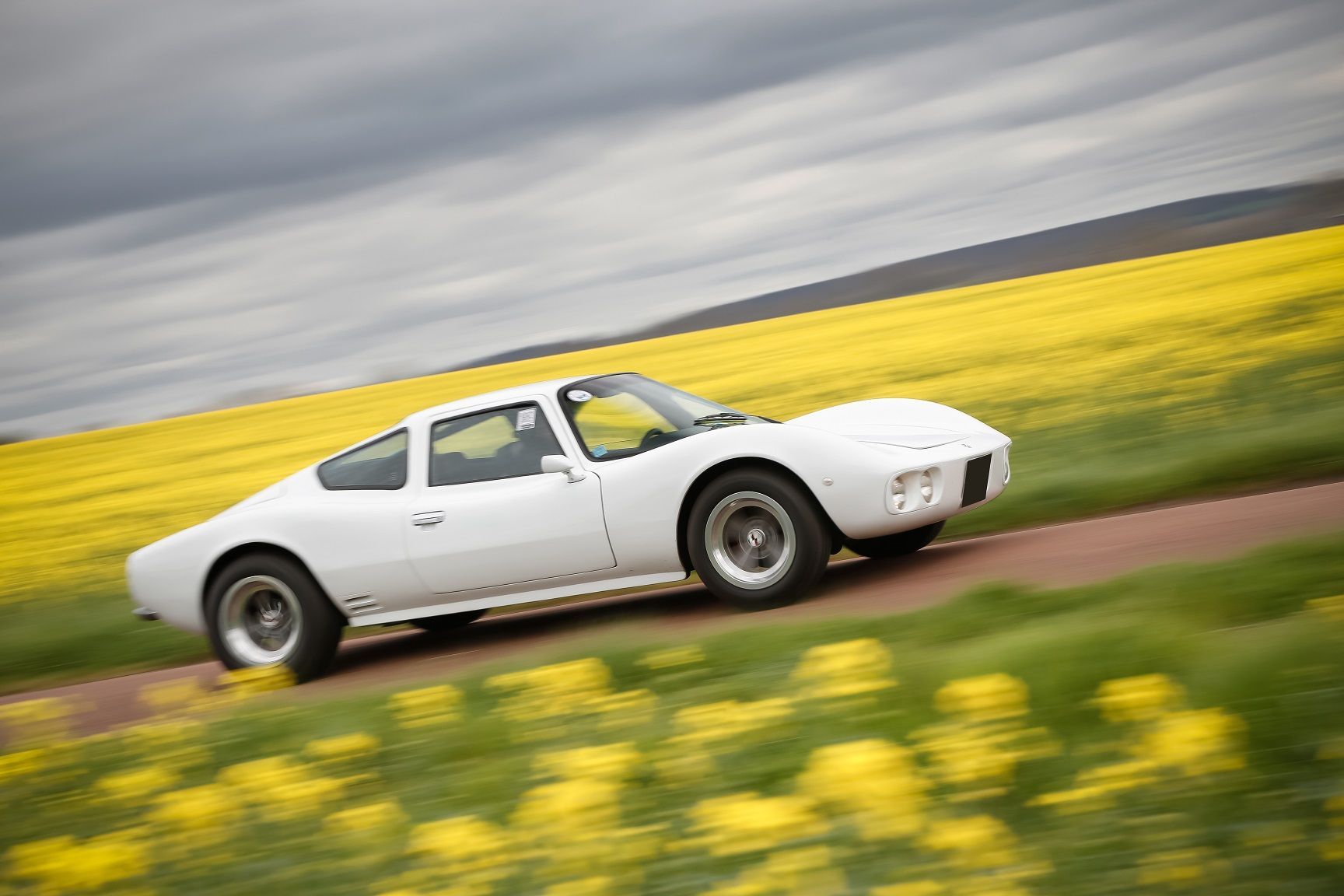Over the past century of automotive history, some cars have become so famous they have gained household name status, well known even by people who aren’t interested in cars as a hobby. Others will be instantly recognizable only to dedicated car enthusiasts. Finally, some cars are so niche that even a keen car nerd might struggle to identify them at first.
The Puma GT belongs in the latter category, being confined almost entirely to the Brazilian market where it was first created. Despite its looks suggesting supercar power, it is in fact based on the humble VW Beetle, and borrows its diminutive powertrain. Let’s dive into the history of this quirky South American sports car of the 60s.
Brazil’s Love Affair With VW-Based Cars
Brazil’s automotive history has some unique quirks that make it different from the rest of the global car market: thanks to very strict import laws, obtaining mainstream car models was very difficult if not impossible for most Brazilian drivers. This did not reduce people’s appetite for motoring and sports cars: a thriving industry of locally assembled cars flourished, with engines and parts obtained from major brands and bodies built and assembled locally.
One carmaker that has a strong connection with Brazil and Brazilian cars is Volkswagen: the company provided powertrains, chassis, and other components for several unique Brazilian-built models. Some of VW’s own cars made it through to Brazil in their original form, such as the Beetle (which gained the translated name of “Fusca”, or “beetle” in Portuguese).
The Puma GT is one of the most well-known VW-based Brazilian models, thanks to its striking looks and the fact that several examples made it out of Brazil as imports, gaining the attention of the global car world. However, it was far from alone, with several other quirky, little-known sports cars being built in Brazil on a VW platform.
Rino Malzoni, Puma’s Origins, And The First Puma GT
The Puma story begins with an enterprising Italian immigrant named Rino Malzoni, who had arrived in Brazil in 1922 at the age of five; his father Francisco had been born in Brazil, and the family were reunited with relatives still living in São Paulo. The Malzoni family owned farmland, which young Rino used to develop his passion for building cars: his first creation, the Malzoni GT, was completed in 1963 and based on a chassis from German automaker DKW, which had a strong base in Brazil.
Further cars followed, including an updated version of the Malzoni GT which competed in the world of motorsport and, eventually, a fiberglass-bodied version which was launched commercially with a small production run.; one Malzoni GT even helped launch the racing career of a young Emerson Fittipaldi in 1966. The newly-established Puma marque was so successful that, only three years after the first Malzoni GT had been completed, a new DKW-based model was launched at the São Paulo Motor Show: the Puma GT, a sleek, fiberglass creation which improved on many of the issues the Malzoni GT had faced. Only 125 units were produced before Volkswagen took over operations at DKW, forcing Malzoni and the Puma team to head in a new direction.
Add CarBuzz to your Google News feed.
Working With Volkswagen: The New Puma GT
|
Engine |
1.5-liter flat-four |
|---|---|
|
Horsepower |
59 hp |
|
Transmission |
4-speed manual |
|
Top Speed |
93 mph |
At the tail end of the 1960s, Puma went through a radical shift. While they had previously worked with DKW to obtain components for their cars, including chassis and engines, now Volkswagen had taken over, and Puma’s design and manufacturing process would have to adapt accordingly. Rino Malzoni set out to work, and after several months came up with an entirely new design based on the chassis from Volkswagen’s Karmann Ghia; the engine, on the other hand, was a 1.5-liter flat-four unit borrowed from the Beetle.
His creation ended up being the new, and better known, version of the Puma GT, which would rapidly grow to become Puma’s most successful model. The newly-redesigned Puma GT would remain in production in its original form for another three years until 1970, while the updated and limited-edition versions that originated from it would continue to be produced well into the 70s.
Notable Variants Of The Puma GT
The new Puma GT also spawned several special editions, in varying degrees of rarity. The first one arrived in 1969, two years after the model’s launch: this version was called the GT4R, and was created specifically to appear in one of Brazil’s most prominent automotive magazines, Quatro Rodas (“Four Wheels” in Portuguese). Only three units of the GT4R were produced, in three different colors: copper, blue, and green. The magazine began to issue coupons that readers could collect for a chance at winning one of the cars, and by the end of the year, three lucky readers had been presented with their new Pumas. Later on, a fourth car was produced, this time to be owned by none other than Rino Malzoni himself.
Further versions of the Puma GT followed, not quite so rare this time: in 1970, Puma decided to launch into the international market with an export-oriented version. The result was the Puma GTE (“E” for Export), which was intended to be sold in Europe, North America, Asia, and Africa. The team at Puma reworked the design of each GTE to be compliant with local traffic laws in the country where each car was ordered. The following year, a convertible version of the GTE, dubbed the Puma Spider, was also launched. Five years later in 1976, both the hard-top GTE and the Spider were updated and re-launched. Several other editions were launched throughout the 70s, including the GTB, GTS, GTI and GTC, with a wide range of mechanical and cosmetic updates.
Other Beetle-Powered Brazilian Cars
The Puma GT may have been one of the most famous Brazilian cars powered by a Beetle engine, but it certainly was not the only one. Several other Brazilian models, from small-scale production sports cars to urban runabouts, used a powertrain borrowed from the Beetle; let’s take a look at some of the most well-known ones.
Volkswagen SP2
After the Puma GT was launched, Volkswagen wanted to capitalize on the sporty coupe market that clearly piqued the interest of Brazilians, and responded by creating its own Beetle-powered sports car: the SP2, first launched in 1972. The SP2 was powered by the 1.7-liter version of the Beetle’s flat-four engine, and borrowed its chassis from VW’s Type 3 compact car. A smaller sibling of the SP2, dubbed the SP1, was powered by the 1.6-liter variant of the same engine; it was not commercially successful, with only 100 units built.
Bianco S
The work of another Italian immigrant with a passion for building cars, the Bianco S appeared on the scene around the same time as the Puma GT. Like the Puma, it also borrowed the powertrain of a VW Beetle (the 1.6-liter variant of the iconic flat-four engine), as well as several components from other VW models, such as the Type 3. The Bianco S never entered large-scale production in the same way the Puma did: only around 400 units were ever built before the Bianco company shut down in 1979, making it a veritable rarity.
Volkswagen Gol
No, it’s not a typo. The Volkswagen Gol’s name is not derived from the Golf’s at all; it’s a homage to Brazil’s national passion for football, as the Gol was created to be VW’s entry-level model in South America. It didn’t take long for the Gol to become extremely popular in Brazil, where seven years after its 1980 launch it became the best-selling car in the country and retained that title for 27 years.
The initial version of the Gol borrowed its 1.3-liter flat-four engine from the Beetle, with one crucial design difference: while the Beetle had its engine mounted in the back, the Gol had it mounted in the front. The Beetle-powered version did not stay on the market very long, with the 1.3-liter eventually being replaced by a 1.6-liter water-cooled four-cylinder unit.
Sources:
Rino Malzoni
,
Silodrome
,
Lane Motor Museum
,
Puma Automoveis




